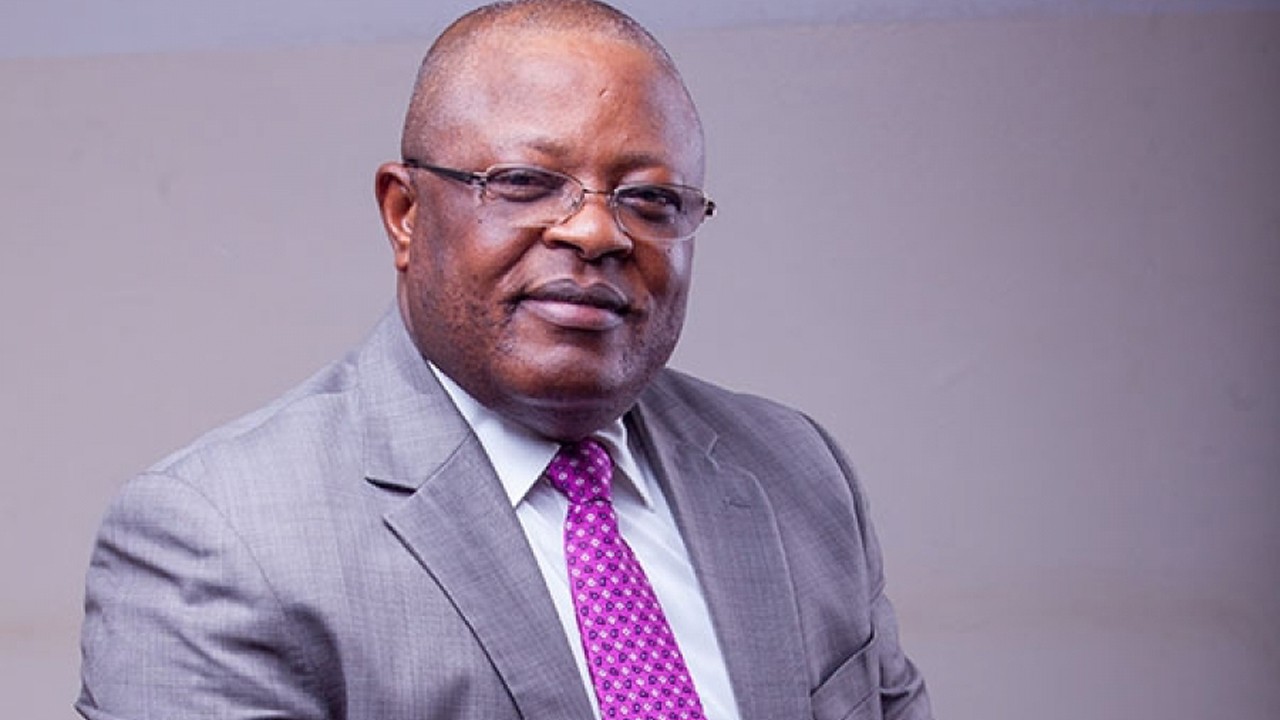
The Federal Government is exploring the installation of speed bumps on the Third Mainland Bridge in Lagos to address concerns about over-speeding, which has resulted in several accidents and fatalities.
The Minister of Works, David Umahi, disclosed this during a stakeholder engagement on the Lagos-Calabar Coastal Highway project held in Lagos.
Expressing concern over the high speed by motorists on the newly rehabilitated bridge, Umahi urged drivers to reduce their speed to avoid the need for speed bumps, which could lead to severe traffic congestion.
“We have to talk to our people. The speed there is terrible. If we put speed bumps, then it is going to create a heavy hold-up on the bridge,” Umahi stated.
He highlighted the government’s ongoing efforts to rehabilitate critical bridges in Lagos, including the Third Mainland Bridge, Carter Bridge, and Eko Bridge.
Umahi also revealed that Closed-Circuit Television (CCTV) cameras had been installed on and under the Third Mainland Bridge. These cameras, he noted, would be inaugurated soon, with officials on standby to monitor footage and enforce speed regulations.
The minister added that the rehabilitation of the Third Mainland Bridge had been extended to Falomo, where streetlights and additional CCTV cameras have been installed. He said the activities on this stretch would be remotely monitored from Abuja.
“Let me also announce that we have done an extension of that bridge rehabilitation, a beautiful sight to behold from the Third Mainland Bridge down to Falomo. We have put up streetlights and CCTV cameras. Whatever you are doing on that stretch of Falomo to the Third Mainland Bridge and the ramps, we are seeing you. It is on camera, and we are routing it to Abuja,” Umahi said.
The minister used the platform to provide updates on the Lagos-Calabar Coastal Highway, announcing that the first 30 kilometres would be completed and inaugurated by President Bola Tinubu in May. He detailed the challenges, including rerouting the project’s initial section to avoid large-scale demolitions.
“Significant progress has been made, and we are on track to deliver the first section on schedule,” Umahi assured.
He reaffirmed the Federal Government’s dedication to President Tinubu’s Renewed Hope Agenda, which prioritizes infrastructure development across Nigeria’s six geopolitical zones. The agenda includes four legacy projects, of which the Lagos-Calabar Coastal Highway is a major component.
Also, Umahi revealed that the enumeration for the second section of the Lagos-Calabar Coastal Highway had been completed. He emphasised the government’s focus on balancing ongoing projects with new initiatives, ensuring that road infrastructure development continues unhindered.
“We are ensuring that road infrastructure development continues unhindered, balancing ongoing projects with new initiatives to improve connectivity across the country,” he said.
The minister also reassured the public that, in accordance with the law, no property would be taken for road construction without proper compensation. He stressed that the Lagos-Calabar Coastal Highway was not just about roads and bridges but also about promoting tourism, fostering economic growth, and attracting future investments.
Umahi lauded President Tinubu’s leadership, crediting his administration’s policies for fostering economic recovery and prioritising infrastructure development.
Stakeholders at the event commended the President’s commitment to infrastructure projects across the country and expressed optimism about the economic opportunities that the Lagos-Calabar Coastal Highway would bring.
